
And the Prime Minister’s decision to largely retain the referendum question’s original wording, despite the far-reaching problems it could create, only makes transparency and complete disclosure of the potential implications even more critical.
After all, the referendum’s purpose is not simply to modify the Constitution: it is to give the change the legitimacy which comes from popular approval.
We would not regard as legitimate a contract whose risks had not been disclosed; for the same reasons, a constitutional amendment whose consequences had not been made apparent could hardly claim democratic legitimacy.
The very high stakes involved in modifying the Constitution underscore the point. Germans refer to constitutions as the “grundgesetz” or “grundnorm”: the “ground law” on which the polity rests. To act as a foundation, constitutions must be stable — and the price of stability is that change is hard to effect, and even harder to undo.
In deciding to accept a constitutional amendment, voters are therefore binding Australia’s future. To thoroughly assess the burdens the decision could impose is their unescapable responsibility. Discharging that responsibility is no easy task. Legislators can draw on a vast apparatus of deliberation and advice; ordinary citizens cannot.
Thomas Hobbes put it beautifully in De Cive (On the Citizen, 1642). Constitution-shaping moments, he wrote, are the time when “the sleeping sovereign” is aroused from its slumbers: while the people remain the ultimate source of legitimate authority even when they are quiescent, constitution-shaping moments thrust the people, “dazed by the sunlight”, into the legislative role, but with vastly greater stakes.
It is consequently unsurprising that there are many jurisdictions in which a constitutional referendum cannot be held unless voters have been placed in a position to properly discern what is at stake.
In Canada, for example, the Clarity Act of 2000 seeks (among other things) to prevent questions with uncertain implications being put to voters about the future of Quebec, as had occurred in the 1995 referendum.
More broadly, the Council of Europe’s 2022 Code of Good Practice on Referendums, which is the international benchmark for democratic legitimacy, requires both that “proposals put to a referendum be as clear as possible” and that “the campaign should ensure a balance between the different sides and allow voters access to balanced information to make an informed choice”.
The nature of the proposed voice makes that careful assessment particularly important. Despite many claims to the contrary, it is undeniably racially discriminatory. That much is obvious from the fact that the legislation establishing the voice’s closest predecessor, the Aboriginal and Torres Strait Islander Commission, relied on the Constitution’s race power; and it was only because of the race power that the Federal Court upheld racially discriminatory restrictions on participation in the ATSIC elections.
Moreover, the clear link between “indigeneity” and race is apparent from the High Court’s reasons in Love and Thoms (2020), where, for example, Justice Stephen Gageler explicitly described indigeneity tests as “race-based”.
At the very least, any racially discriminatory legal requirement should attract what the US Supreme Court calls “strict scrutiny”: it should be tested to ensure that it is “necessary and not merely rationally related to” accomplishing a legitimate, otherwise unachievable public goal, with the measure’s scale and duration being no greater than required to bring that goal about. And the scrutiny must be mindful of the risk of unintended consequences.
That risk isn’t limited to the chaos a constitutional obligation to consult may create in executive government; nor to the controversies which are certain to arise in determining the voice’s electorate, noting that since Federation there have been at least 67 official attempts at defining “indigeneity”.
Rather, the greatest risk is that the voice will move us further from – rather than closer to – reconciliation.
Our experience with similar bodies since 1973 is telling. At Thursday’s press conference, Indigenous academic Marcia Langton claimed there was “no evidence” to show those bodies had not worked. However, the historical record flatly contradicts her assertion.
Thus, as Jeremy Beckett, a scholar who could hardly be accused of being a reactionary, concluded, the Whitlam government’s National Aboriginal Consultative Committee, which was the first representative national body elected by Aboriginal people, “was scarcely a success, failing to work with government”.
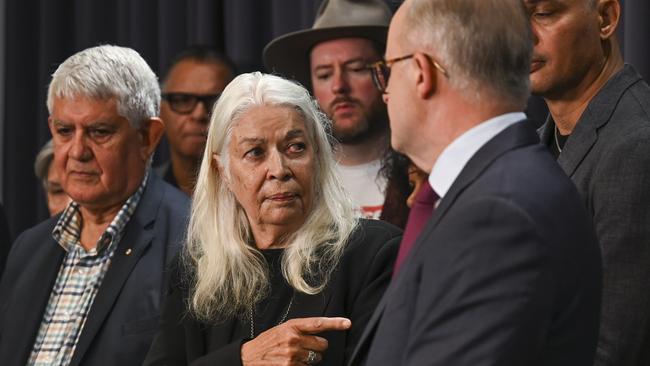
Instead of facilitating consultation, “the requirement to make decisions merely brought pre-existing differences into the open and created occasions for new ones”.
The Fraser government’s replacement version, the National Aboriginal Conference, was “scarcely more successful”, becoming ever more extreme before the Hawke government, exasperated by its unending histrionics, abolished it in 1985.
As for its successor, the scandal-ridden ATSIC, it is too often forgotten that well before the Howard government disbanded it in 2005, Patrick Dodson and Labor loudly urged its abolition.
Those disappointing outcomes, which exactly mirror experience in countries that range from Finland to Chile, are no accident. The fundamental feature of indigenous assemblies is that they concentrate on one aspect of identity – race – in which we differ, elevating that feature above the many things we share.
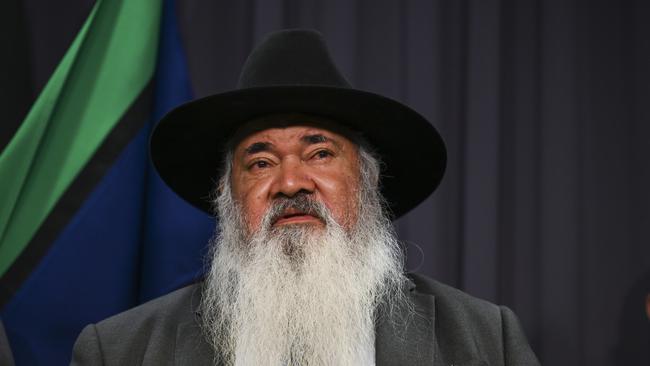
By removing the common ground, their design has invariably fostered an “us versus them” mentality that fuels escalating polarisation.
It may be that the voice will be the exception; but unlike its predecessors, which could be abolished when they went awry, it comes with no safeguards against failure. A sunset clause would have allowed the voice to be tested in practice. Without one, it will, regardless of its effects, be there in some form for all time.
The voice’s proponents persistently ignore those concerns. Instead, writing on these pages last week, Robert French, who was an outstanding chief justice of the High Court, cited Sir Samuel Griffith’s statement at the 1891 Constitutional Convention, when Griffith answered those who feared Federation’s consequences by saying: “But when was ever a great thing achieved without risking something?”
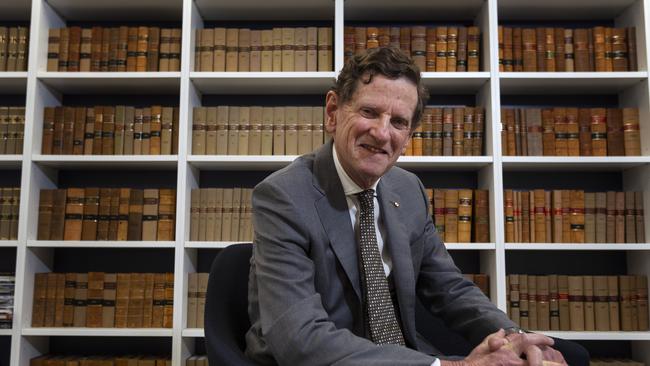
Yet the lesson from that convention, and the Constitution it eventually begat, it is that appalling constitutional errors – the race power, the decision to hoist an American-style senate on a Westminster system of responsible government, the fiscal provisions which destroyed fiscal federalism – are easily made but impossible to fix.
If anything, that experience should inspire extreme caution, while also highlighting the importance of fully disclosing to the “sleeping sovereign” the dangers that lie ahead. Blinking in the sunlight, we may be about to make another fateful error; let us at least do so without being blinded by illusions.




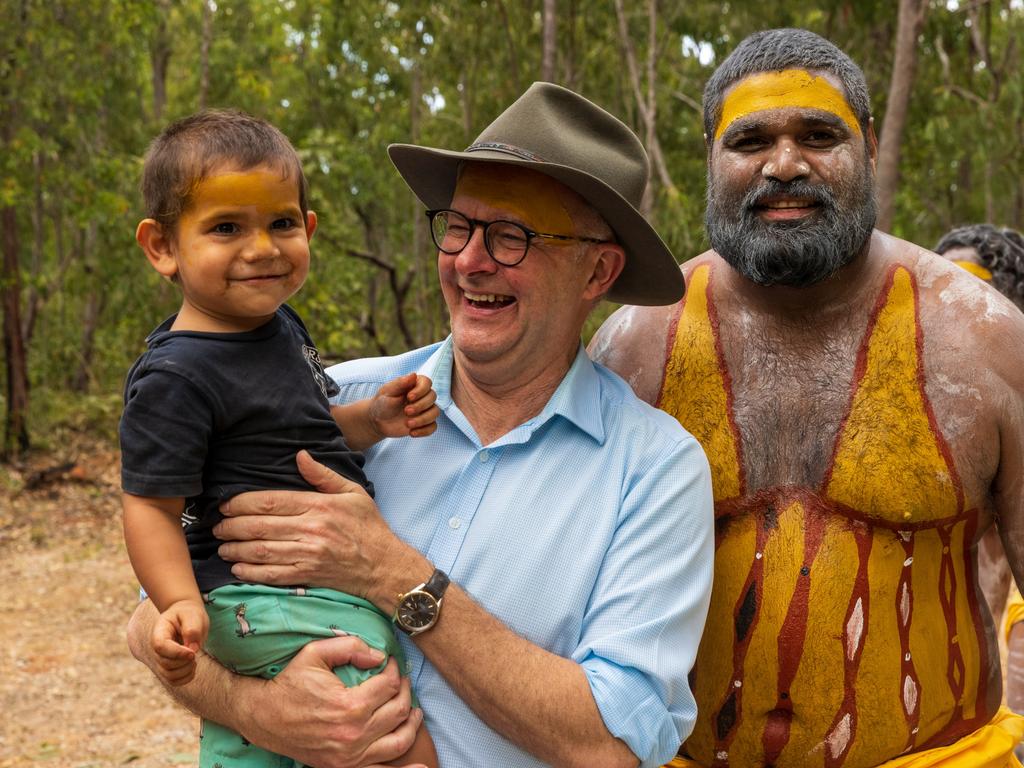
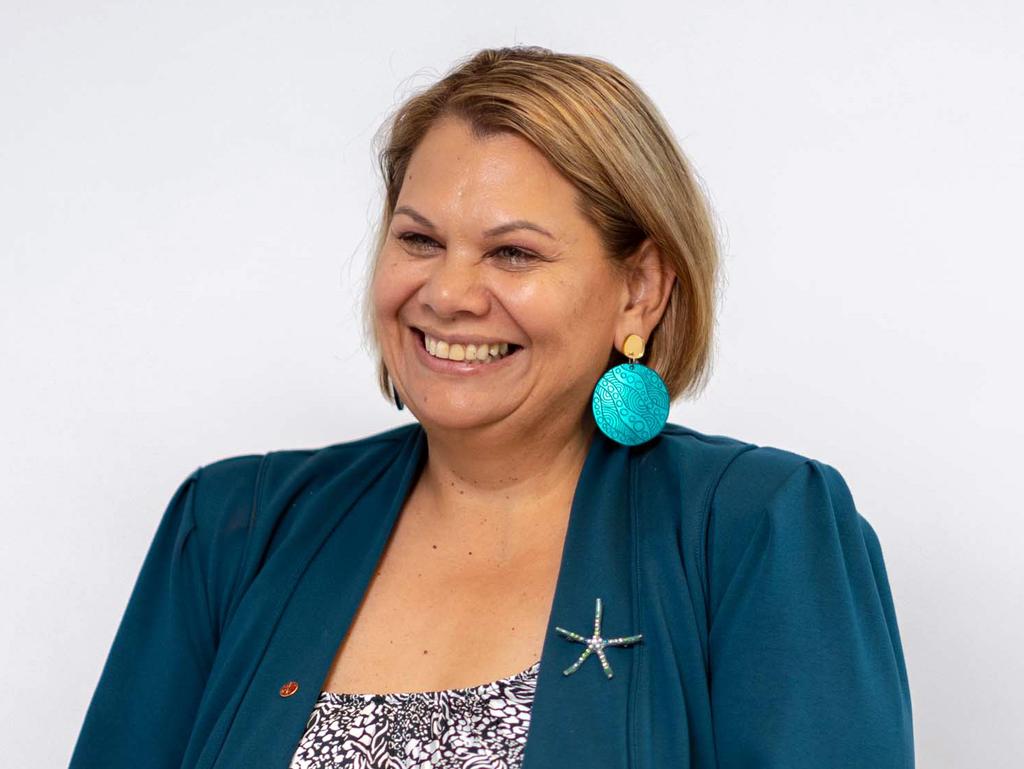


With many voters demanding more information about the proposed Indigenous voice to parliament, its supporters have become increasingly irritated. But the proposition that the electorate has a right to know exactly what it is being asked to endorse is utterly unimpeachable.